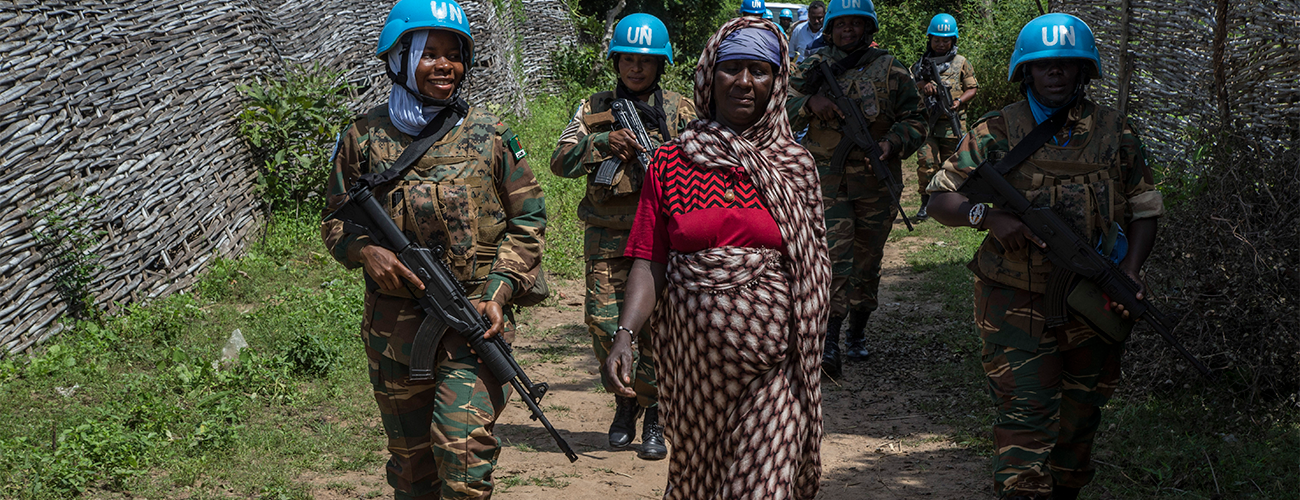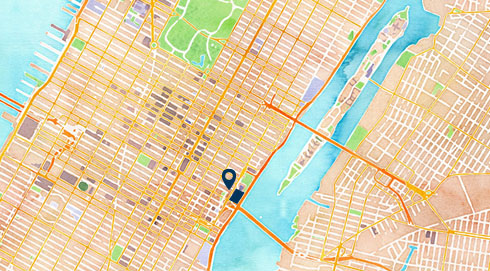Peacekeepers provide escort to civilian population in Bangui, Central African Republic, October 10, 2018. (UN Photo/Herve Serefio)
The military components of UN peacekeeping operations have used engagement teams (ETs) to conduct community engagement activities since at least 2015. While ETs were initially ad hoc initiatives, the UN has recently begun to institutionalize gendered community engagement, including through an ongoing shift from ETs to engagement platoons (EPs). Yet despite a general recognition that ETs have been beneficial, they have not been consistently understood or defined, making it difficult to assess how they have been used and to what effect.
This policy paper fills this research gap by presenting data on the prior activities of ETs and the experiences of those deployed to them. It aims to help decision makers align policies and guidance on ETs and EPs with evidence of what has and has not worked and to establish a baseline against which EPs can be measured over time. The paper draws on extensive interviews with members of ETs and policymakers, as well as a questionnaire distributed to military peacekeepers in six peacekeeping missions.
Overall, this research found broad support for the ongoing rollout of mixed-gender EPs. It concludes, however, that to effectively implement ETs and EPs, leaders in missions and in national militaries must address the institutional barriers that preclude women’s full participation in peace operations and perpetuate gendered stereotypes. Toward this end, it offers several recommendations to troop-contributing countries and the UN:
- Provide training on the skills required for community engagement to men and women across all levels of the military;
- Shift the burden for gendered community engagement off of women;
- Improve internal reporting and analysis by ETs and EPs;
- Coordinate between ETs and EPs and other mission components;
- Build the capacity of missions to engage with communities; and
- Avoid reinforcing gendered assumptions and stereotypes through the activities of ETs and EPs.








